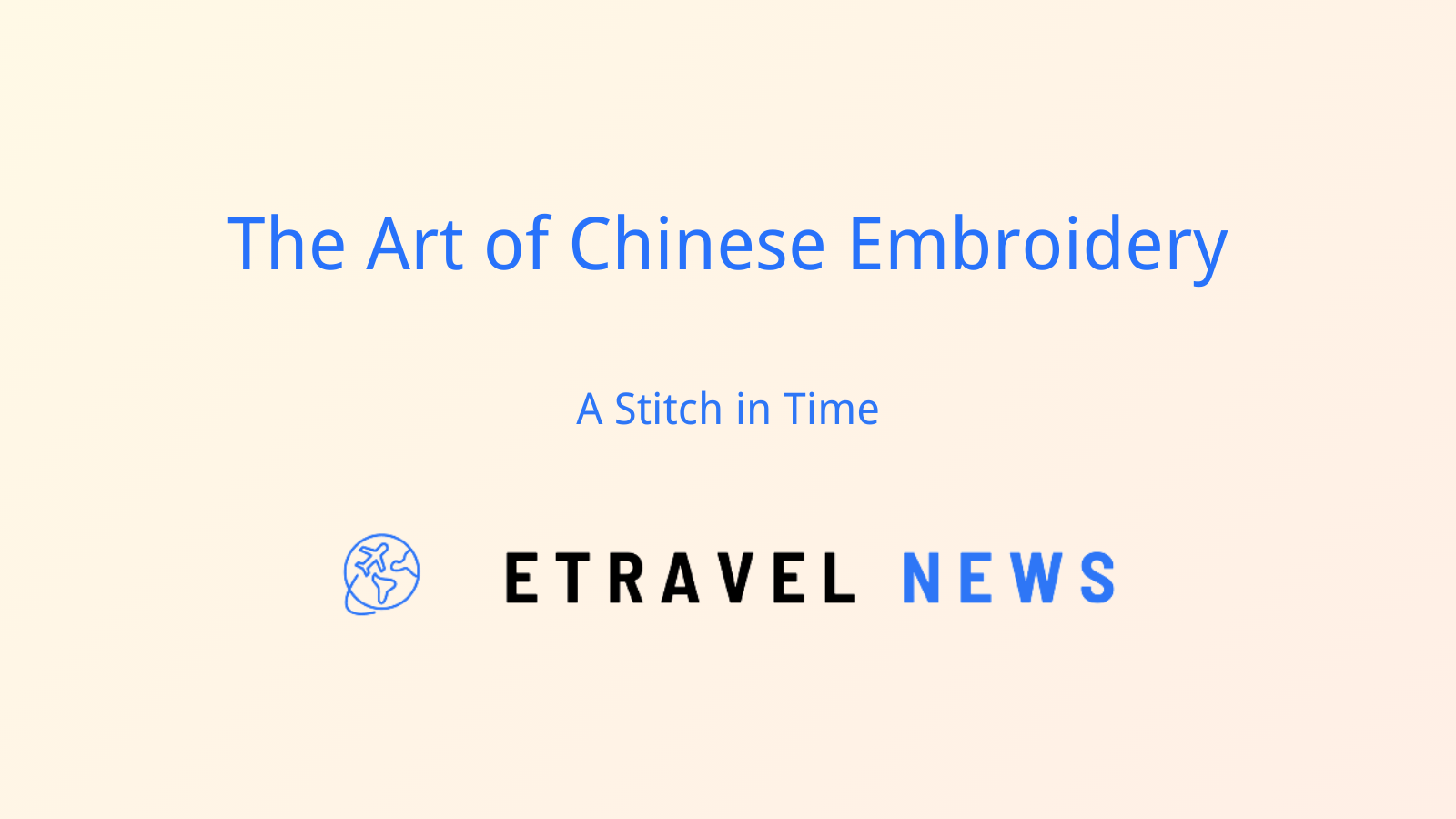Introduction to Chinese Embroidery
Chinese embroidery, with its intricate designs and vibrant colors, stands as a testament to the nation’s artistic prowess. This ancient craft, dating back over 2,000 years, has evolved from a practical skill to a revered art form, adorning everything from imperial robes to modern fashion pieces.
Embroidery in China is more than mere decoration; it’s a language of symbols and a reflection of cultural values. Each stitch tells a story, weaving together tradition, mythology, and artistic expression.
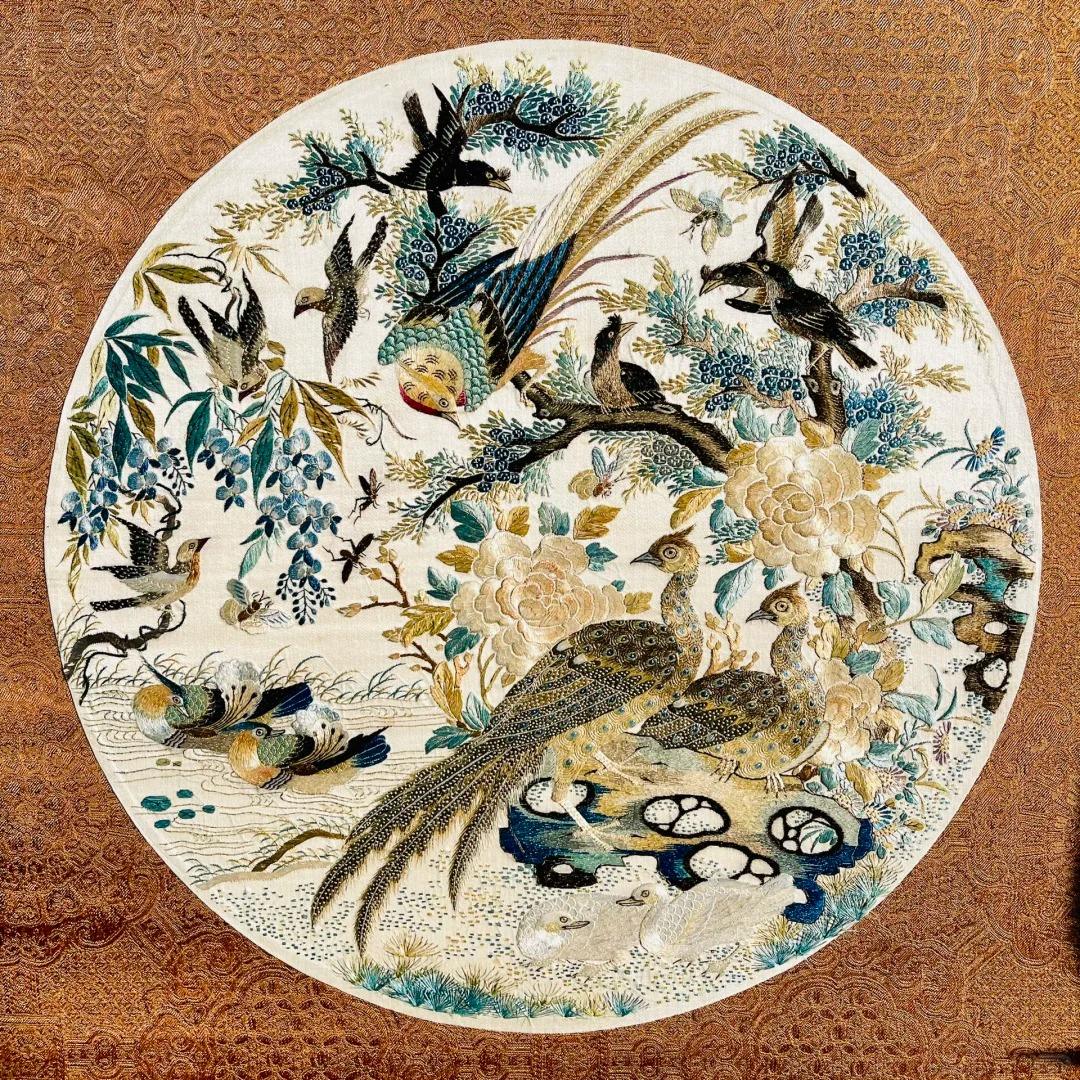
The Four Great Embroideries of China
China boasts four distinct embroidery styles, each renowned for its unique characteristics:
| Style | Origin | Key Features |
|---|---|---|
| Su | Suzhou | Delicate, elegant, often depicting nature scenes |
| Xiang | Hunan | Bold colors, realistic imagery, often of animals |
| Shu | Sichuan | Varied techniques, known for panda designs |
| Yue | Guangdong | Vibrant, often incorporating gold and silver threads |
Su Embroidery
Suzhou’s embroidery is celebrated for its subtlety and elegance. Artists use silk threads so fine that a single strand can be split into up to 48 thinner threads, allowing for incredibly detailed work.
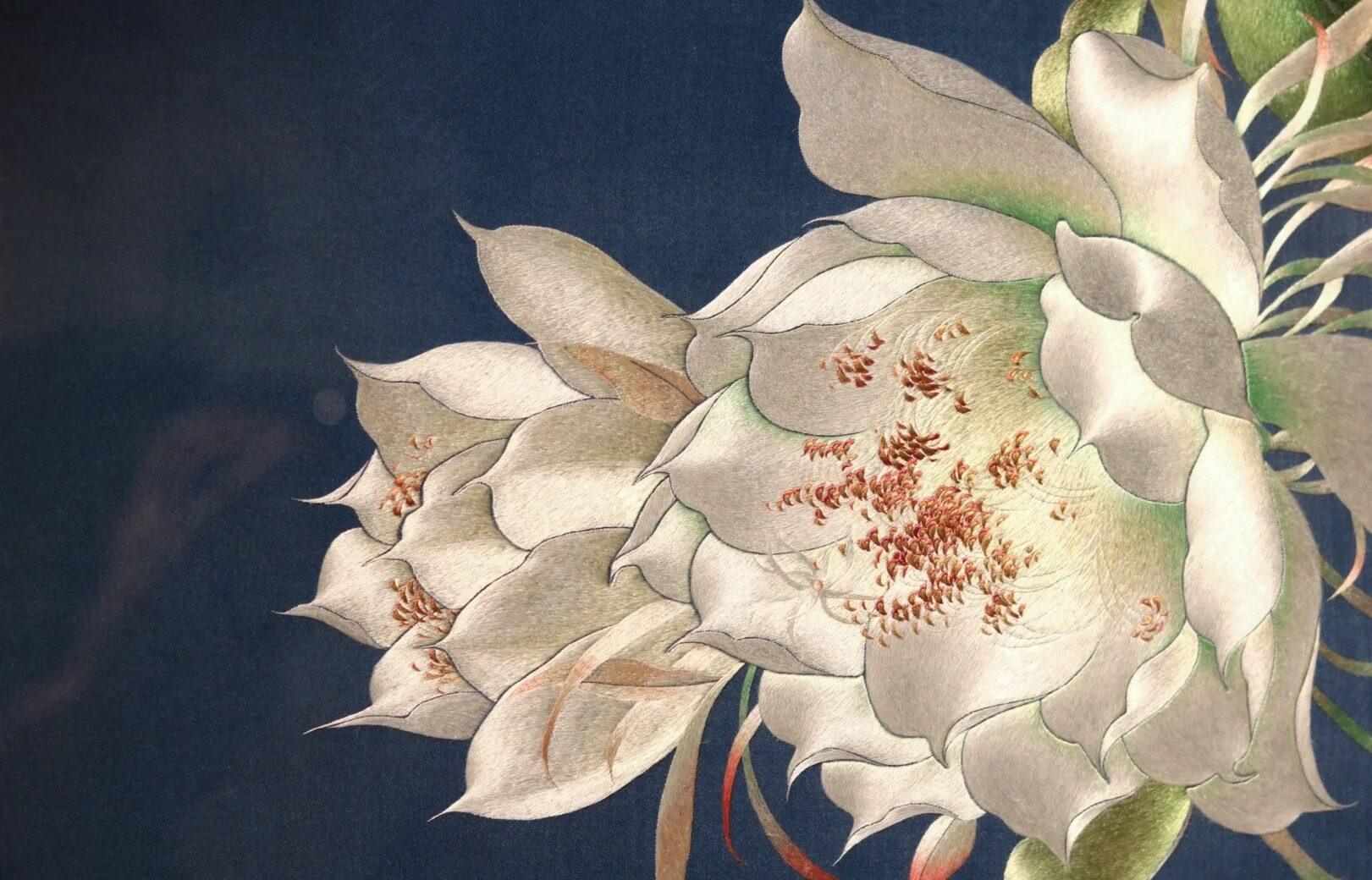
Xiang Embroidery
Hunan’s style is bold and vivid, often depicting tigers, birds, and flowers. It’s known for its use of contrasting colors and lifelike representations.
Shu Embroidery
Sichuan’s embroidery is versatile, employing over 100 stitching methods. It’s famous for adorable panda designs, reflecting the region’s biodiversity.
Yue Embroidery
Guangdong’s style is luxurious, often incorporating gold and silver threads. It frequently depicts auspicious symbols and mythological scenes.
Techniques and Styles
Chinese embroidery employs a variety of stitching methods:
- Seed Stitch: Tiny stitches creating texture
- Split Stitch: For outlining and filling
- Satin Stitch: For smooth, glossy areas
Colors in Chinese embroidery are rich with symbolism. Red represents happiness, yellow signifies imperial power, and blue often symbolizes immortality.
Popular motifs include:
- Flowers (peonies, lotuses)
- Animals (dragons, phoenixes)
- Landscapes (mountains, rivers)
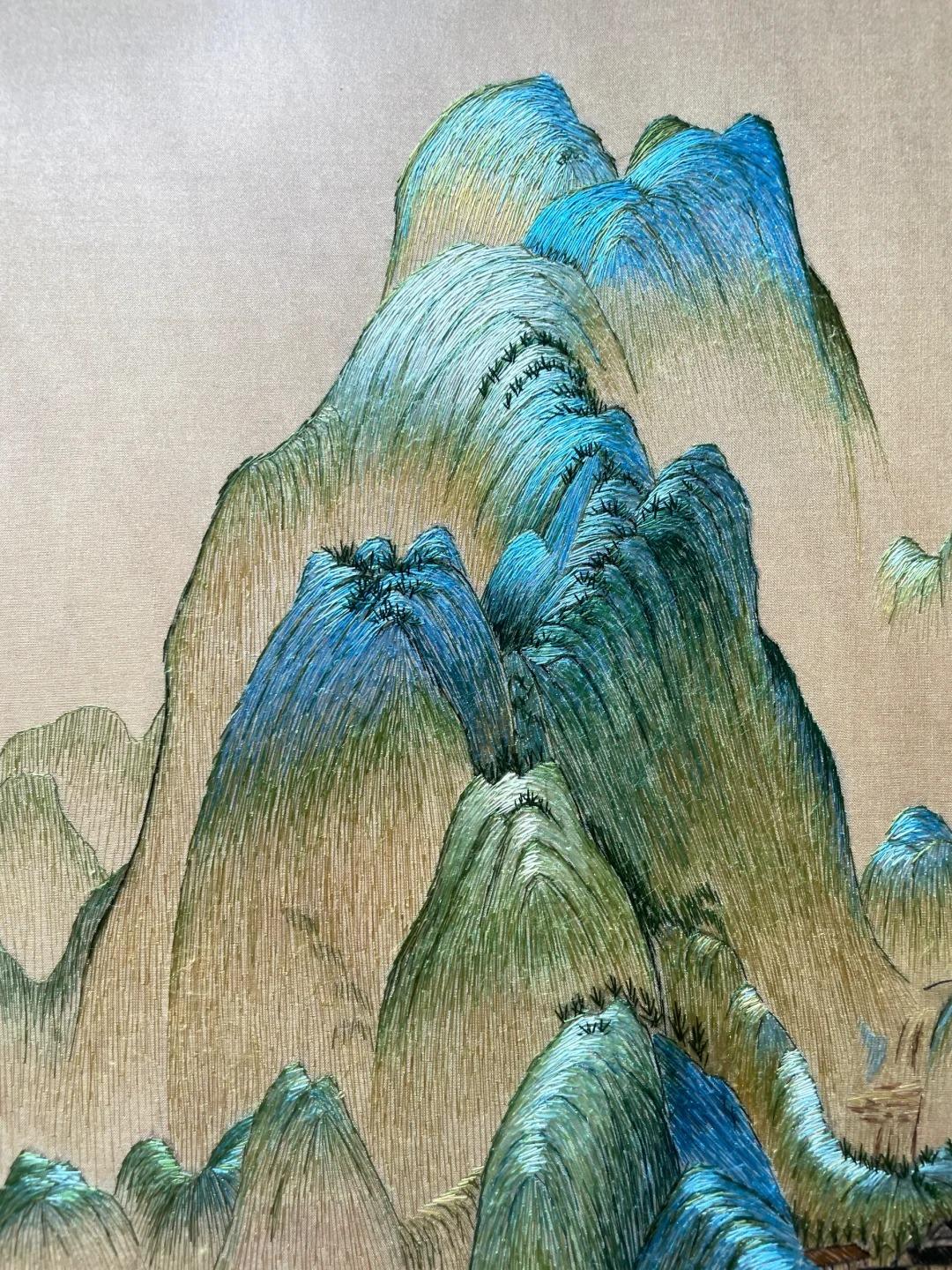
Materials and Tools
Traditional embroidery relies on:
- Fabrics: Silk is most prized, but cotton is also used
- Threads: Silk threads, sometimes mixed with gold or silver
- Tools: Fine needles and wooden embroidery frames
Historical Development and Imperial Connections
Embroidery evolved from a practical craft to a fine art, reaching its zenith during the Tang and Song dynasties. Imperial courts employed master embroiderers to create exquisite pieces for royal garments and decor.
One famous historical piece is the “Embroidered Portrait of Guanyin” from the Southern Song Dynasty, showcasing the craft’s ability to rival painting in detail and expression.
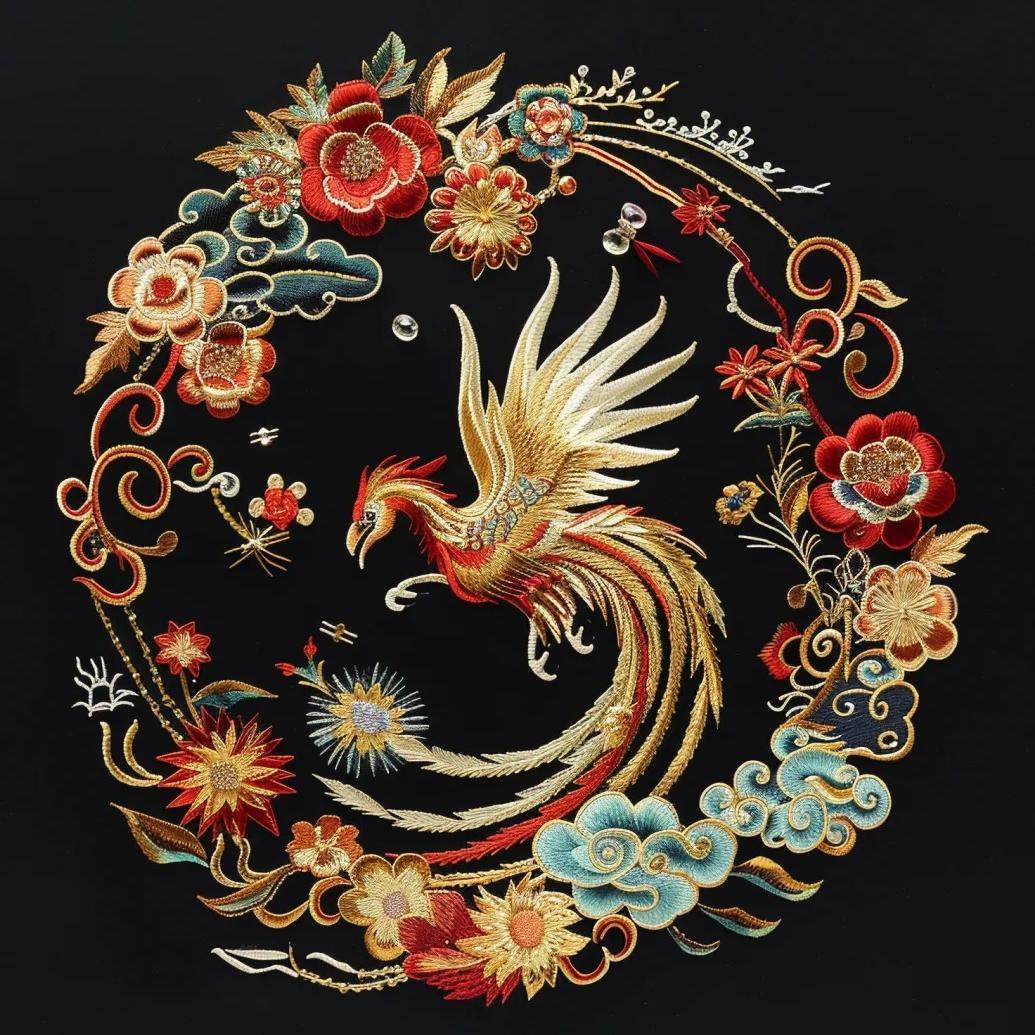
Contemporary Chinese Embroidery
Modern Chinese embroidery artists are pushing boundaries:
- Combining traditional techniques with contemporary designs
- Integrating embroidery into high fashion
- Creating large-scale embroidered artworks
Artists like Yao Jianping have gained international recognition for their innovative approaches, blending Eastern and Western aesthetics.
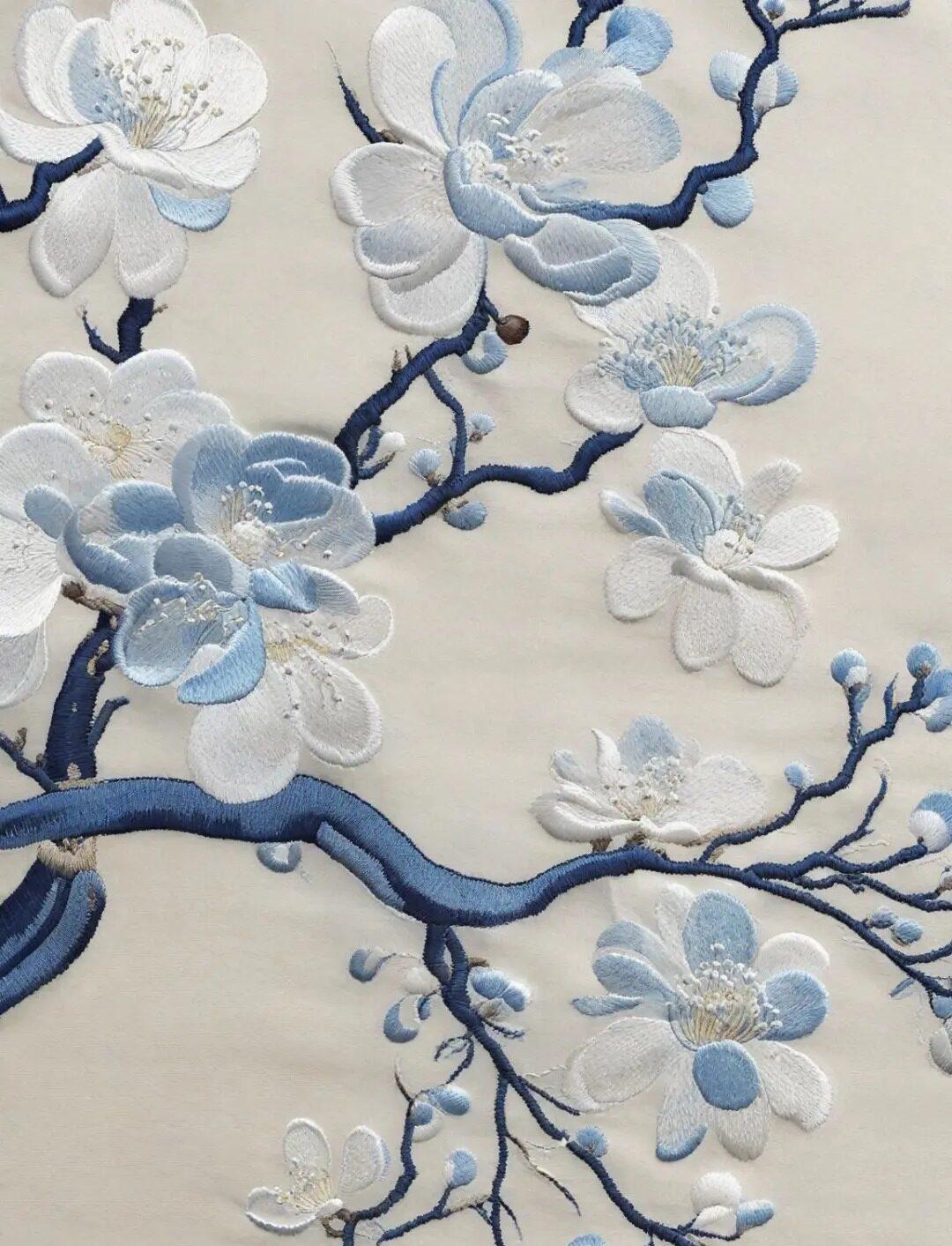
Traveler’s Guide to Chinese Embroidery
For embroidery enthusiasts visiting China:
- Exhibitions:
- Suzhou Embroidery Research Institute
- Hunan Embroidery Museum, Changsha
- China National Silk Museum, Hangzhou
- Workshops:
- Suzhou Embroidery Art Academy offers short courses
- Shu Embroidery Institute in Chengdu provides demonstrations
- Shopping Tips:
- Look for certificates of authenticity
- Check for even stitching and vibrant colors
- Popular markets: Panjiayuan in Beijing, Yuyuan Bazaar in Shanghai
- Caring for Embroidered Items:
- Store flat or rolled, never folded
- Keep away from direct sunlight
- Clean gently with a soft brush or low-suction vacuum
As you explore China, let the vibrant threads of embroidery guide you through its rich cultural tapestry. From the imperial collections in Beijing’s Palace Museum to the bustling workshops of Suzhou, each embroidered piece offers a glimpse into China’s artistic soul.
Remember, when you purchase an embroidered item, you’re not just buying a souvenir; you’re taking home a piece of living history, a testament to centuries of skill and creativity. As you run your fingers over the intricate stitches, imagine the countless hands that have practiced this art over millennia, each adding their own thread to the grand narrative of Chinese culture.
Whether you’re admiring a master’s work in a museum or trying your hand at a simple stitch in a workshop, Chinese embroidery invites you to connect with a tradition that continues to evolve, stitch by stitch, into the future.


